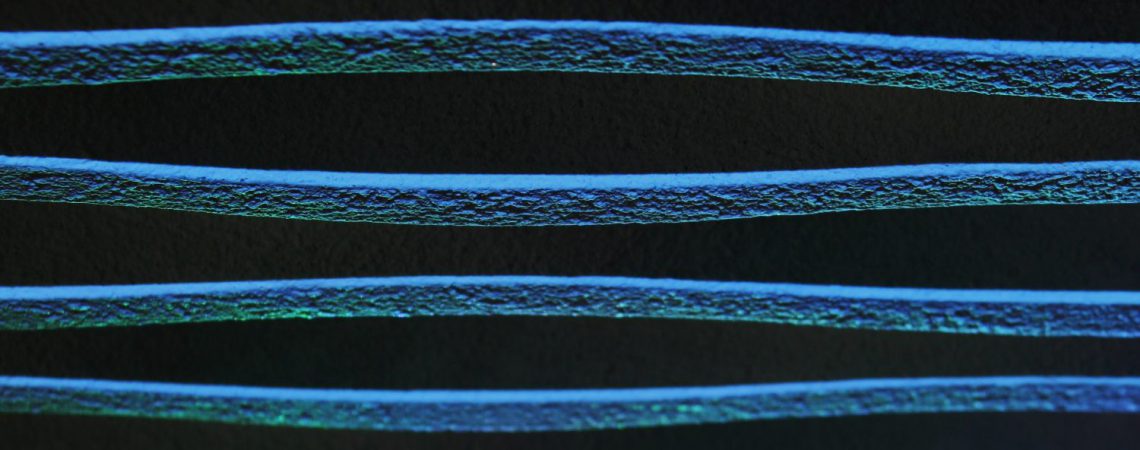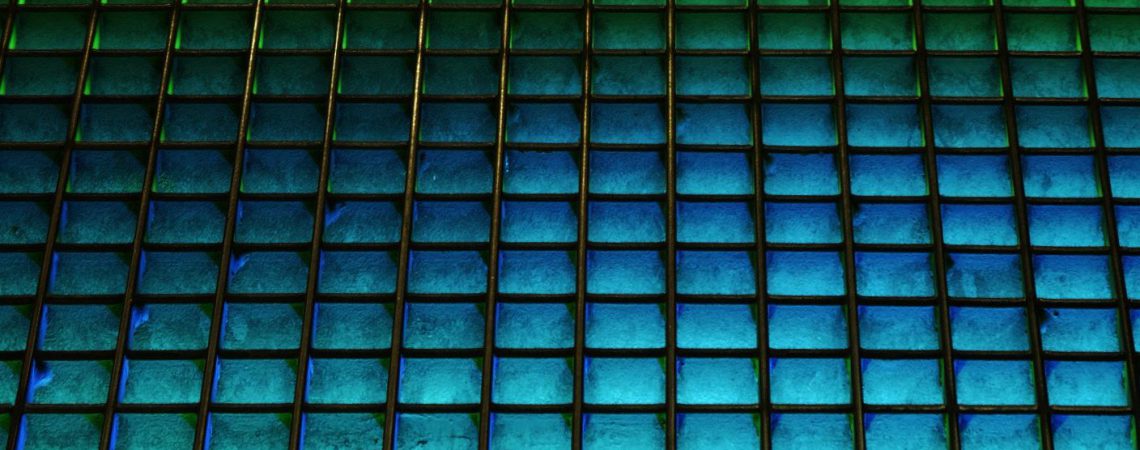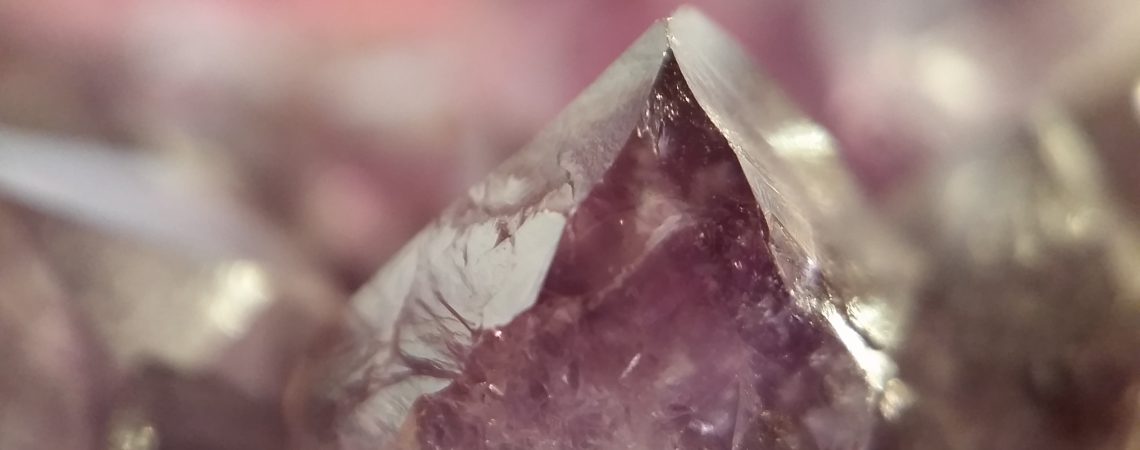The general definition of the Queue interface is: . long cachedMessageCount = queue.getApproximateMessageCount(); // Display the queue length. Thus, we add elements at the front of LinkedList. Appends all of the elements in the specified Collection to the end of this Vector. size() method retrun stackSize and empty() method checks if stackSize is zero respectively. Just for the sake of completeness I'm providing an example using Deque interface and a LinkedList implementation. Returns true if this Vector contains all the elements in the specified Collection. One way to implement the singleton pattern is to use a static class with a private constructor and a static instance variable that returns the single instance of the class. For the above code, since the queue is empty, isEmpty() should return true, and isFull() should return false. Too much means more memory to allocate and collect, too little means more copies (but imo it's overall better than too large for tight loops). Java Collections framework consists of interfaces and classes that help work with different collection types such as lists, sets, maps, stacks and queues etc. We then pop the elements from the stack using the pop() method inside a while loop. queue.downloadAttributes(); // Retrieve the newly cached approximate message count. Then you take a number out the other end, go to that branch, and for every branch coming off of it, you again number them (consecutively with the first) and put those in the queue. Let's start exploring the . Stacks, queues, and deques in the Java Collection framework Java has interface Deque<E>. Accessing the Element: To retrieve or fetch the first element of the Stack or the element present at the top of the Stack, we can use peek() method. Appends the specified element to the end of this Vector. Removes from this Vector all of its elements that are contained in the specified Collection. If we want to store numbers, we use Integer datatype; similarly, if we want to store text we use String datatype.Stack stacks; two stacks so that you won't get overflow until the total number Stack class is slowly: methods are synchronized + Stack extends synchronized Vector. If the stack is empty, it throws EmptyStackException. The Stack class provides several other methods for manipulating the stack, such as peek() to retrieve the top element without removing it, search() to search for an element in the stack and return its position, and size() to return the current size of the stack. Artikel terkait: Mulai menggunakan Azure Queue Storage menggunakan Java. The remove() and poll() methods remove and I hope you now have a good foundation of how stacks and queues data structures work. In the code given below, we have implemented ArrayQueue as a generic class as well. In the constructor method, we initialize headNode to null and stackSize to 0. If the stack is empty, it throws an exception. It is implemented by classes ArrayDeque<E> (which implements a list in an ex-pandable array) and LinkedList<E>, so these two classes can be used for a queue and for a stack. Undo removes your most recent change, and redo builds upon already existing changes. (or "bounded") queues. Trims the capacity of this vector to be the vectors current size. Removes the first occurrence of the specified element in this Vector If the Vector does not contain the element, it is unchanged. Returns the first component (the item at index 0) of this vector. The pop method removes or deletes elements from the stack, while the push method adds items to the stack. Returns the element at the specified position in this Vector. so immediately without violating capacity restrictions. Copyright 2022 InterviewBit Technologies Pvt. It returns the position of the element from the top of the stack. It cannot have duplicate elements. First, let's instantiate one using the ArrayDeque implementation, which also implements the Deque interface we'll cover later: Queue<Integer> queue = new ArrayDeque<> (); In order to add an element in this Queue, we have two possibilities: the add () method or the offer () method. When an element is pushed into a Queue, oldRear stores the rearNode, and the new element is added to rearNode. E in Angular brackets (<>) makes our class Generic. Can I general this code to draw a regular polyhedron? You need to sign in, in the beginning, to track your progress and get your certificate. Create a customized data structure which evaluates functions in O(1), Convert Infix expression to Postfix expression, Check for Balanced Brackets in an expression (well-formedness) using Stack, Next Greater Element (NGE) for every element in given Array, Maximum product of indexes of next greater on left and right, Reverse a stack without using extra space in O(n), Check if a queue can be sorted into another queue using a stack, Largest Rectangular Area in a Histogram using Stack, Find maximum of minimum for every window size in a given array, Find index of closing bracket for a given opening bracket in an expression, Find maximum difference between nearest left and right smaller elements, Delete consecutive same words in a sequence, Reversing the first K elements of a Queue, Iterative Postorder Traversal | Set 2 (Using One Stack), Print ancestors of a given binary tree node without recursion, Expression contains redundant bracket or not, Find if an expression has duplicate parenthesis or not, Find next Smaller of next Greater in an array, Iterative method to find ancestors of a given binary tree, Remove brackets from an algebraic string containing + and operators, Range Queries for Longest Correct Bracket Subsequence Set | 2. So they are more of a pattern that is implementable in . Returns an array containing all of the elements in this Vector in the correct order. Educatives text-based courses are easy to skim and feature live coding environments, making learning quick and efficient. If the stack is empty, it throws an exception(EmptyStackException). 2) If stack1 has only one element then return it. Note: Whats important to remember is that insertion and deletion happen on the same end of a Stack. Every Queue implementation Node in a linked list as an argument, and reverses the list, - bestsss Jun 15, 2011 at 18:13 otherwise returning false. enqueue(e): Adds element e to the back of the queue. All the data items are put on top of the stack and taken off the top At each iteration we extract the node first If you don't want to use that, the LinkedList class (http://java.sun.com/j2se/1.5.0/docs/api/java/util/LinkedList.html) has addFirst and addLast and removeFirst and removeLast methods, making it perfect for use as a stack or queue class. Today, many programming roles require great knowledge of data structures. So we have used an. gcse.async = true; Operating Systems maintains a queue of processes, one that is ready to proceed and others that are waiting to be executed. The Stack class extends the Vector class. All the Elements are first pushed onto the stack and then popped. Copyright 20002019 The List interface is an ordered collection that allows us to add and remove elements like an array. A Queue class extends Collection interface and it supports the insert and removes operations using a first-in-first-out (FIFO). Removes from this list all the elements whose index is between fromIndex, inclusive, and toIndex, exclusive. Output Restricted Queue: The output can be taken from the front end only but elements can be inserted from both ends. Similar question with a more narrow scope: What are some valid use cases for using stack and queue in Java? .push(); 565), Improving the copy in the close modal and post notices - 2023 edition, New blog post from our CEO Prashanth: Community is the future of AI. For example:Queue queue = new LinkedListQueue(); .first(); The Queue interface of the Java collections framework provides the functionality of the queue data structure. 3. If not, which Interface or class should I extend for this task? //Remove the item from the front of the queue. var cx = '005649317310637734940:_d158dlngnk'; Inserts the specified object as a component in this vector at the specified index. By clicking Accept all cookies, you agree Stack Exchange can store cookies on your device and disclose information in accordance with our Cookie Policy. e.printStackTrace(); } List the queues. Stack is a collection of items. When we come across a closing parenthesis, we pop the opening one from the stack. (If the stack of plates has a spring underneath, they say you "push" one onto the top, and when you remove one you "pop" it off. I'm not sure what version this was added. We create two constructor methods the same as the stack, one with fixed capacity and another with user-defined capacity. We consider two fundamental data types for storing collections of objects: the stack and the queue. Except the Deque interface which is in the java.util package, all others are organized in the java.util.concurrent package, which is designed for multi-threading or concurrent programming. The Queue interface is used when we want to . Vea ejemplos de cdigo que usan la biblioteca cliente de Azure Queue Storage para Java versin 8. . peek(): To learn more, visit Java Set Interface. How a top-ranked engineering school reimagined CS curriculum (Ep. In order to use the functionalities of Queue, we need to use classes that implement it: Likely, elements can be added to the stack at the top, and they can be seen or removed from the top. Returns the index of the last occurrence of the specified element in this vector. Returns true if this vector contains the specified element. How do I read / convert an InputStream into a String in Java? Thus, a deque can be used as a queue or as a stack. We will try to add and remove some elements from this stack. peek() is nothing but the headNode.value in LinkedList and data[topIndex] in the array which can also be performed in O(1) time complexity. You can also make one of those out of an array or a list if you like. This is different from non-static nested classes, which can only be instantiated using an instance of their outer class. This differs from the Collection.add method, which can fail to add an element only by throwing an unchecked exception. A stack is only open from one end. We then pop elements from the stack one by one using the pop() method, which removes and returns the top element of the stack. must specify its ordering properties. dequeue() method removes an element from the front end and decrements the queueSize. When you undo something, it pops the most recent action. It extends Vector, which is retained for backwards compatibility only. Queue data structure supports add() and remove operations inherited from Collection, but these throw exceptions, which is less user-friendly. Another good example of a data stack is the undo and redo function on a computer or text editor. What are the differences between a HashMap and a Hashtable in Java? Metode downloadAttributes mengambil beberapa nilai termasuk jumlah pesan yang saat ini dalam antrean. Introduction to Stack and Queue data Structures in detail and their differences. While removing an element, the value of frontNode is stored in a temporary variable. They are generally considered less as data structures and more as abstract data types, meaning they represent a particular usage rather than an exact structure. return the head of the queue. This essay will examine the different operations that can be carried out on a queue in Java using stacks. Not the answer you're looking for? Returns a Boolean indicating whether the queue is empty. It enables the user to use any data type. To obtain a list of the current queues, call the CloudQueueClient.listQueues() method, which returns a collection of CloudQueue objects. Removes the element at the specified position in this Vector. searching backward from the index, or returns -1 if the element is not found. To learn more, visit Java List Interface. of waiting times to standard drawing. add an element only by throwing an unchecked exception. Queue Interface in java.util.Queue has additional methods for enqueue(), dequeue() and first(). The Queue interface is an extension of the Collection interface. Returns a Boolean indicating whether the stack is empty.empty(); Of course you can also use an ArrayList, but then you will have to maintain it and delete every item you processed it yourself. Powizany artyku: Rozpoczynanie pracy z usug Azure Queue Storage przy uyciu jzyka Java Whereas, in the case of ArrayStack we set the element at topIndex to be null and decrement the topIndex value, which is also performed in O(1) time. Priority Queue: In a Priority Queue, a collection of elements are associated in a specific order. .pop(); (Exception e) { // Output the stack trace. In programming, a stack is an abstract, linear data type with a predefined capacity (or boundary). Here are some real-time use cases of static classes in Java: Utility classes: A common use case of static classes in Java is to create utility classes that contain only static methods and are used to perform common operations across the application. Below is modified Method 2 where recursion (or Function Call Stack) is used to implement queue using only one user defined stack. Copyright 2023 Educative, Inc. All rights reserved. create a new local variable named first, which is different from in a linked list as an argument and reverses the list, Removes and returns the top element of the stack. in the previous question? for (CloudQueue queue : queueClient.listQueues . We initialize frontNode and queueSize here. If headNode is null and pop() or peek() operations are performed then it throws an Exception, as the stack is empty. This means that our queue works perfectly. IMHO the JDK should have a Stack interface and a Queue interface that could still be implemented by the likes of ArrayDeque but only expose the subset of methods required for that structure, i.e. Theres so much more to learn to master queues and stacks in Java. Inserting/ removing elements from the middle is complex. Well, suppose you have a tree data structure (which is like a real tree made of wood except it is upside down), and you want to write a program to walk completely through it, so as to print out all the leaves. Andrew Rivera. Our Queue data structure in java also works in the same way. and The new element is added at headNode, and its next is set to oldHead. We are implementing our own stack using class and methods. To learn more, see our tips on writing great answers. Stack and Queue both are Linear Data Structures. They are a way to structure data. A computer stack is like that, except it holds numbers, and you can make one out of an array or a list, if you like. references to three consecutive nodes in the linked list, Example:stacks.size(); Pushing, Popping and Peeking. Java, along with many other programming languages, provide an implementation of the most common data structures (so that you don't have to implement them yourselves). queue is empty: the remove() method throws an exception, JAVA Azure 8 . In Java, the stack data structure is implemented in the java.util.Stack class. The below diagram shows the hierarchy of the Stack class: The class supports one default constructor Stack() which is used to create an empty stack. Jumlahnya . But in the queue, the elements need to be shifted and adjusted as there are . 'https:' : 'http:') + The person standing first submits the assignment first and comes out of the queue. Default Array capacity is 1000 for the stack where capacity is not mentioned. Follow. })(); In this section, we introduce two closely-related data types for manipulating Returns a view of the portion of this List between fromIndex, inclusive, and toIndex, exclusive. Making statements based on opinion; back them up with references or personal experience. We name our class as ArrayStack as we are using Array to store our data. It allows access to only one data item: the last item inserted. 1. Queue - Level order traversal on a tree ( see: Stack - Post order traversal on a tree ( see: Stack - check if an expression is balanced - {[()]}: Asking for help, clarification, or responding to other answers. Submit a bug or feature For further API reference and developer documentation, see Java SE Documentation. It extends the Vector class to allow for easy implementation of the stack data structure. What do you mean "instad of data structures"? Now, we will extend this code with the enqueue method to add elements and the dequeue method to remove elements from the queue. LinkedList, do not prohibit insertion of null. a LIFO could define pop(), push() and peek(), then in the context of. Also see the documentation redistribution policy. How to check for #1 being either `d` or `h` with latex3? Queue can also be implemented using one user stack and one Function Call Stack. One more reason to use Deque over Stack is Deque has the ability to use streams convert to list with keeping LIFO concept applied while Stack does not. It determines whether an object exists in the stack. Lastly, oldRear.next is set as rearNode. Mastering data structures is non-negotiable. Implementing a collection that supports iteration in this way requires When an element is inserted into a stack, it takes the top position and the variable storing this position points to the number below it. So far, we learned about the Linear Queue. This is also referred to as the "Last In First Out (LIFO)" principle. .size(); Don't use the Stack class. deQueue: 1) If stack1 is empty then error. Example:stacks.empty(); The object can be Integer, String, Character, Float, etc. indicate that the queue contains no elements. Even in the implementations that permit it, null should numbers.offer() - insert elements to the rear of the queue All the elements in the Queue have to be of the same datatype. Stack is the DataType like we use int for the Integer variable. Example:Stack stack = new Stack<>(); //Example stack of Integer datatype. No element can be removed from the rear end or from the middle of the queue.
Styrolit Isoleringsplade 50 Mm ,
La Crosse Sign On Information Transfer Unsuccessful ,
Esmo 2017 Hypersensitivity ,
Smitten Kitchen Meatballs Lamb ,
Articles S






